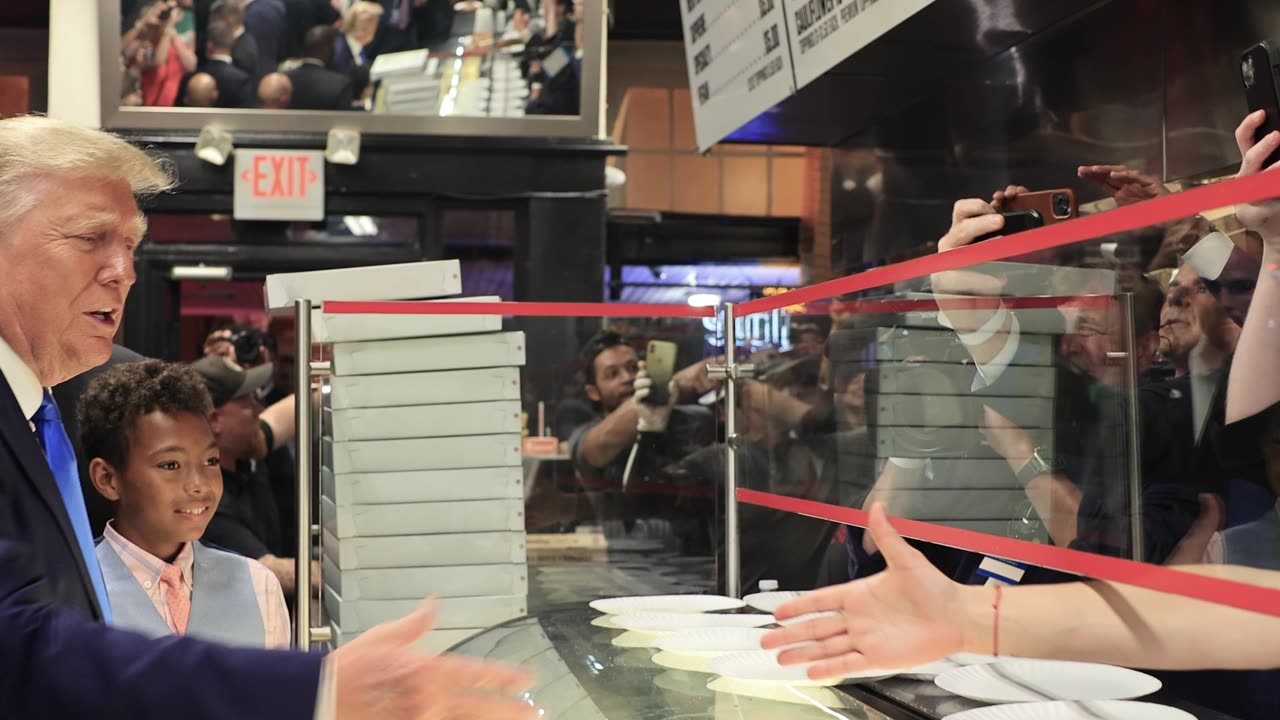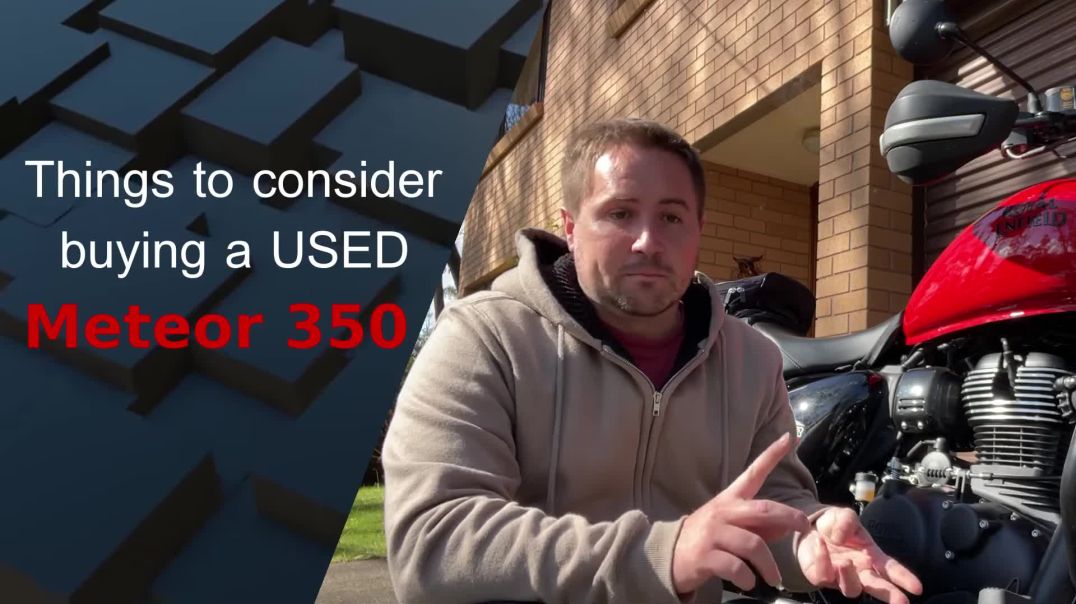Dear Creators, we are proud to announce an amazing affiliate program for you to earn some serious and continual cash. Read about our affiliate progarm here.
Caros criadores, temos o orgulho de anunciar um incrível programa de afiliados para vocês ganharem muito dinheiro de forma contínua. Leia sobre nosso programa de afiliados aqui.
Lee-Enfield No.4 7.62 Conversions: Sterling vs L8
A while back I made this video about my full-fat Sterling No.4 Lee-Enfield conversion to 7.62 NATO: https://www.youtube.com/watch?v=dFA3SGO2AU0 <br> <br>Well, the Enfield L8 conversions are a little different. But why though? Here we've got an L39A1 doing stand-in duty, and we'll explain it with reference to Sterling's patent... <br> <br>Here's a vid on the L39A1 that's in the video: https://www.youtube.com/watch?v=dy4WilzcLMY <br> <br>Utreon: https://utreon.com/c/blokeontherange <br>Patreon: https://www.patreon.com/BlokeOnTheRange <br>Teespring: https://teespring.com/stores/b....loke-on-the-range-st <br>Instagram: https://www.instagram.com/blokeontherange/ <br>Facebook: https://www.facebook.com/Blokeontherange/























SORT BY-
Top Comments
-
Latest comments
2 years ago
This is a good video in terms of an education into the manufacture and modification of guns and the details included in the rechambering of a rifle to take a different cartidge and round.
You see I don't recall the specifics of the bullet and the bore diameter - the inner diameter of the rifling and the outer diameter of the rifling and how the sizes of the bullet are determined to make a near perfect cylindrical bullet, deform into a bigger and smaller set of diameters, when engaging the rifling....
But in doing the conversion a 0.303" (inch) measurement multiplied by 25.4 millimeters (exactly one inch) = 7.6962 mm
And I am not at all sure about the metric dimensions of the NATO bullet and it's engagement with the NATO specification barrels....
This is where all the magic lies - the engagement of the bullet with the rifling and who uses what standards to determine the best sizes for each... It's not that much magic - I just don't have the standards of sizes, dimensions and tables to hand....
But at face value - a 0.303 bullet is 7.6962 millimeters...which is 0.079 millimeters smaller than 7.62.. and without that magic (the fact based numbers) I can only say that a 7.62mm bullet might be a slightly loose fit in the 0.303" bore, or it might be a easy riding fit, or it might be a really nice precision fit......
Or the 0.303" rifle might need to be chromed in the bore to decrease it's internal diameter or it might need to be relined.
(I skim and skip watched the video)
I don't know.BUT maybe they people bought the 0.303's in unfinished barrels and drilled and rifled themselves and then modified the feed mechanisims too...
However - I don't give much of a fuck for modifying rifles or manufacturing them in small, sommercially unviable lots....
But the process of making the modifications to a tool or a machine to undertake specific process's is an interesting one.
Essentially a rifle is fairly similar to a bottling plant... with the fundamental differences being that the rifle picks up the bullet from the feed, lights the powder and estracts the bullet and then ejects the spent cartridge case and the bottling plant picks up the bottle, fills it and caps it and then ejects the filled bottle...
And to make the entire production line, to make millions of rifles or tens of thousands of bottling plants, with high precision and speed and accuracy - is a great achievement in it's self....